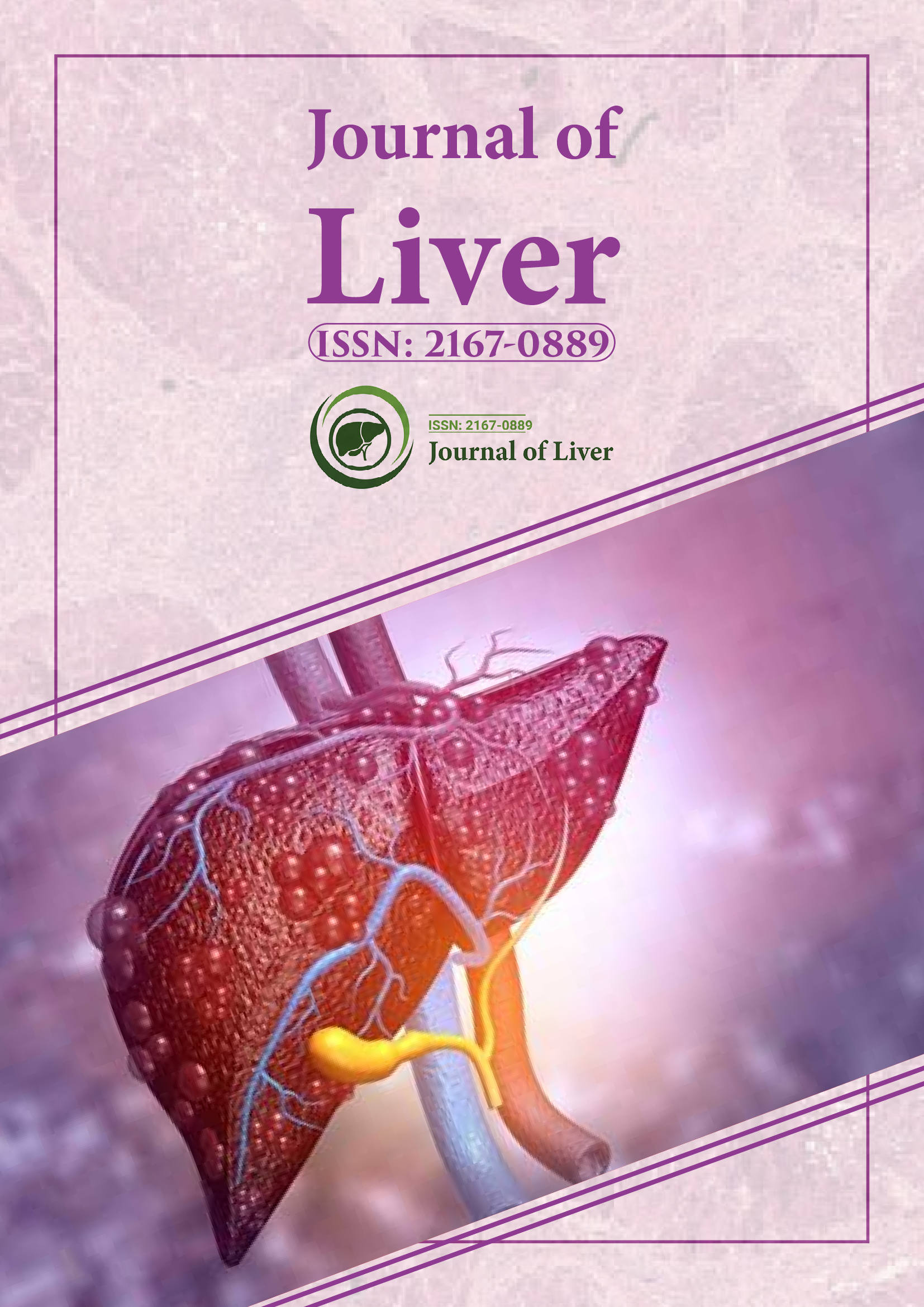Indexed In
- Open J Gate
- Genamics JournalSeek
- Academic Keys
- RefSeek
- Hamdard University
- EBSCO A-Z
- OCLC- WorldCat
- Publons
- Geneva Foundation for Medical Education and Research
- Google Scholar
Useful Links
Share This Page
Journal Flyer

Open Access Journals
- Agri and Aquaculture
- Biochemistry
- Bioinformatics & Systems Biology
- Business & Management
- Chemistry
- Clinical Sciences
- Engineering
- Food & Nutrition
- General Science
- Genetics & Molecular Biology
- Immunology & Microbiology
- Medical Sciences
- Neuroscience & Psychology
- Nursing & Health Care
- Pharmaceutical Sciences
Abstract
Safety and Efficacy of Long Term Nasobiliary Drainage to Treat Intractable Pruritus in Cholestatic Liver Disease
Appleby VJ, Hutchinson JM and Davies MH
Introduction: Cholestasis related pruritus, secondary to intrahepatic, and or extrahepatic biliary obstruction is a common manifestation in chronic liver disease. Pruritus is difficult to treat, and results often suboptimal. A stepwise medical approach is usually employed, followed by a trial molecular adsorbents recirculation system (MARS) in medication resistant cases. Pruritus resulting in reduced quality of life is a variant syndrome eligible for liver transplantation in the setting of preserved synthetic function.
Aim: This case series describes the use of long term (LT)-NBD in three patients with intractable pruritus. This case series test the hypothesis that long-term NBD could be successfully used to alleviate cholestasis related pruritus, and prevent, or delay the need for liver transplantation.
Method: LT-NBD was carried out in three female patients (mean age 43 years) with intractable pruritus secondary to PBC (n=2), and BRIC (n=1). NBD was carried out through the endoscopic placement of a 6 French Cook Medical nasobiliary catheter into the common bile duct.
Results: Symptomatic relief of pruritus was described by all three cases within 24 hours of NBD placement. LTNBD was stopped in the patient with BRIC after eight weeks due to complete resolution of pruritus. In one PBC patient, LT-NBD was undertaken over 12 months, with complete resolution of pruritus. In the second PBC patient, LT-NBD was carried out over 14 months, with complete resolution of pruritus.
Discussion: This case series supports the efficacy of long term NBD in the treatment of intractable pruritus. We propose that NBD offers an accessible modality for the treatment of intractable pruritus in liver disease, potentially avoiding the need for liver transplantation.
